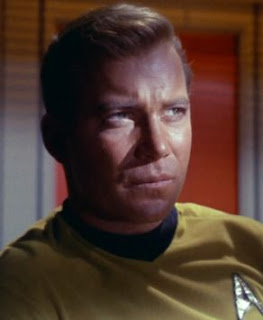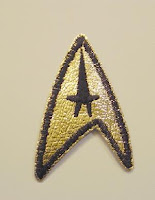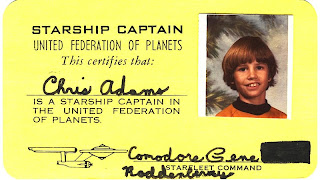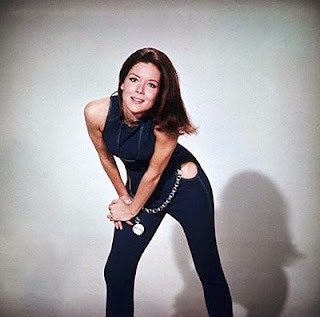Hughes Tool Company, Inc., c. 1942, restored
Gribble Stamp & Stencil Co.. c. 1948
J.C. Parks Building, c. 1930
The Granada Theater, c. 1949
 I found these photographs in a tattered old photofinishing envelope at my grandfather's house. They are of visits he made to Glasgow, Scotland, in 1934, and Mexico City during the same general time period, as well his time stationed in London during W.W. II (he was a B-52 mechanic). The scans aren't anywhere as nice as the original prints. They were taken by him or a friend of his.
I found these photographs in a tattered old photofinishing envelope at my grandfather's house. They are of visits he made to Glasgow, Scotland, in 1934, and Mexico City during the same general time period, as well his time stationed in London during W.W. II (he was a B-52 mechanic). The scans aren't anywhere as nice as the original prints. They were taken by him or a friend of his. Lowly (2007)
Lowly (2007) Wikipedia entry:
Wikipedia entry:
 While on a break between Revolver and Sgt. Pepper's in late 1966, and with touring now out of the question and John Lennon off making the film How I Won the War, Paul McCartney tried his hand at a film score -- with a lot of help from Beatles arranger/producer George Martin. The rather pleasing result is one of the most elusive souvenirs of the Beatles' high tide in the '60s, long out of print, and commanding sky-high prices on the collectors' circuit. Only 24 minutes in length, The Family Way is a collection of film cues based on a single McCartney tune, "Love in the Open Air," a plaintive melody reminiscent in some ways of "Here, There and Everywhere." (McCartney has since said that Johnny Mercer was planning to write lyrics for the song, but McCartney passed on it because at the time; he had never heard of Mercer.) (source)
While on a break between Revolver and Sgt. Pepper's in late 1966, and with touring now out of the question and John Lennon off making the film How I Won the War, Paul McCartney tried his hand at a film score -- with a lot of help from Beatles arranger/producer George Martin. The rather pleasing result is one of the most elusive souvenirs of the Beatles' high tide in the '60s, long out of print, and commanding sky-high prices on the collectors' circuit. Only 24 minutes in length, The Family Way is a collection of film cues based on a single McCartney tune, "Love in the Open Air," a plaintive melody reminiscent in some ways of "Here, There and Everywhere." (McCartney has since said that Johnny Mercer was planning to write lyrics for the song, but McCartney passed on it because at the time; he had never heard of Mercer.) (source) I just don't know about this "new" Star Trek coming out in May. I really want to like it. God knows I want to like it. I want to get in to it. But the whole Star Wars prequels experience left me a bit jaded and cynical about this type of thing. Sure, it looks really slick, just like the Star Wars prequels did/do. I'd guess that Industrial Light & Magic did the effects. But it still feels weird with the younger cast and all. I think the Kirk and Spock fight looks stupid, and the "sexualizing" of Uhura is irksome. The whole thing makes me feel strangely unfaithful to the original show(!). In this new trailer, the Eric Bana/Romulan character at the end seems too much like Darth Maul in the Episode I teaser, where he says: "At last we will present ourselves to the Jedi. At last we will have revenge," or whatever it is that character said. In fact, the whole preview feels way too Star Wars prequel-ly. You heard me - prequel-ly.
I just don't know about this "new" Star Trek coming out in May. I really want to like it. God knows I want to like it. I want to get in to it. But the whole Star Wars prequels experience left me a bit jaded and cynical about this type of thing. Sure, it looks really slick, just like the Star Wars prequels did/do. I'd guess that Industrial Light & Magic did the effects. But it still feels weird with the younger cast and all. I think the Kirk and Spock fight looks stupid, and the "sexualizing" of Uhura is irksome. The whole thing makes me feel strangely unfaithful to the original show(!). In this new trailer, the Eric Bana/Romulan character at the end seems too much like Darth Maul in the Episode I teaser, where he says: "At last we will present ourselves to the Jedi. At last we will have revenge," or whatever it is that character said. In fact, the whole preview feels way too Star Wars prequel-ly. You heard me - prequel-ly.


 From the Wikipedia entry:
From the Wikipedia entry:


